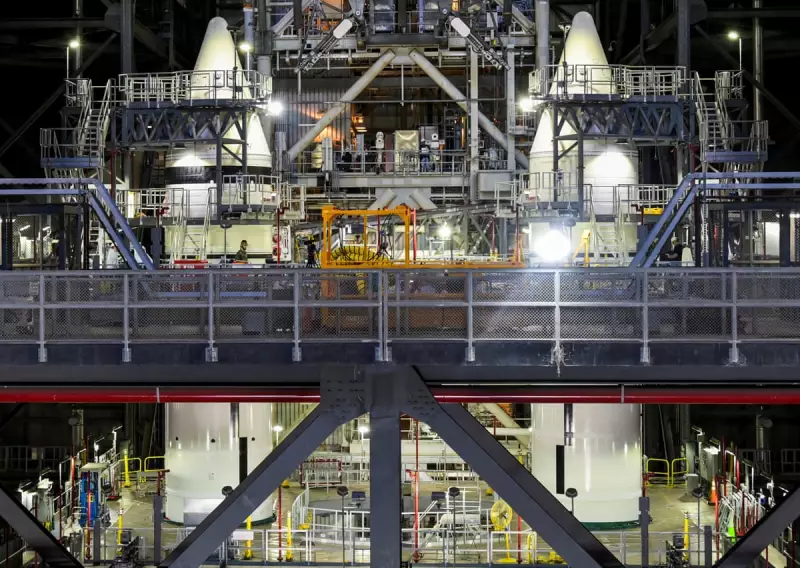
NASA's highly anticipated return to the Moon is facing substantial delays as technical challenges plague SpaceX's development of the Starship human landing system, according to recent agency disclosures.
The space agency has confirmed that the Artemis III mission, which aims to land the first astronauts near the lunar south pole, will likely be pushed beyond its scheduled 2026 timeframe. This setback represents a significant hurdle in America's renewed lunar exploration ambitions.
Technical Hurdles Ground Lunar Ambitions
SpaceX's Starship, the colossal rocket and spacecraft system destined to carry NASA astronauts from lunar orbit to the Moon's surface, has encountered more development obstacles than initially anticipated. Multiple test flights have revealed complexities in the vehicle's design that require additional engineering solutions.
"The technical challenges are substantial," acknowledged a NASA official familiar with the program. "We're dealing with the most complex spacecraft ever designed for human spaceflight, and every system must be perfected for crew safety."
Artemis Program Timeline in Jeopardy
The delays could have cascading effects throughout the entire Artemis program:
- Artemis II - The crewed lunar flyby mission remains on track for September 2025
- Artemis III - The landmark Moon landing mission faces indefinite postponement
- Gateway Station - Lunar orbital outpost development continues but may face rescheduling
- Future missions - Artemis IV and subsequent missions dependent on III's success
SpaceX's Ambitious Vision Meets Reality
Elon Musk's company has made remarkable progress with Starship, achieving several successful test launches and demonstrating key technologies. However, the path to human-rating the spacecraft for lunar operations has proven more arduous than projected.
Critical systems still requiring validation include the spacecraft's life support systems, landing accuracy on unpredictable lunar terrain, and emergency abort capabilities in the vacuum of space.
Global Space Race Implications
These developments occur as China accelerates its own lunar program, with plans to land taikonauts on the Moon before 2030. The delays to Artemis III could potentially narrow the gap between American and Chinese lunar landing attempts, intensifying the new space race.
NASA remains committed to its "safety first" approach, emphasizing that crew safety outweighs scheduling pressures. "We will launch when we're ready, not according to arbitrary deadlines," the agency stated.
The coming months will be crucial for both NASA and SpaceX as they work to overcome these technical challenges and keep humanity's return to the Moon within reach.





